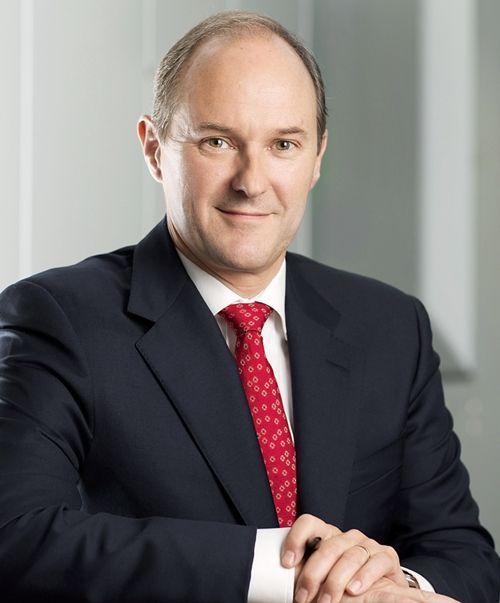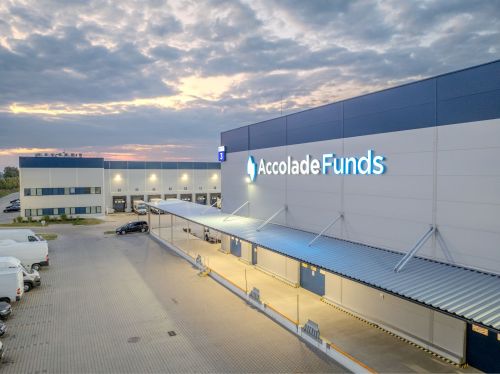David Sleath, the chief executive officer of Segro: Our overall aim is to develop up to 3 mln sqm of space across the entire business in the next five years. That is a lot of space, since today the total portfolio for the group amounts to 6 mln sqm. So our goal would be to grow by 50 pct over the next five years.
Where would this growth take place?
That would be a mix of the UK and continental Europe. But in fact we have a lot more scope to grow on the continent, so I think over 2 mln sqm of space could be in continental Europe.
And how much of this development would be in the CEE region?
Central Europe is today about 30 pct of the continental European business, so I think you could probably work on the assumption that half a million sqm could be in Poland and the Czech Republic, which again is about a 50 pct growth rate.
Would that mostly be organic growth or acquisitions?
What we are seeing now is that asset prices are really quite expensive in most of our markets, partly dri































































